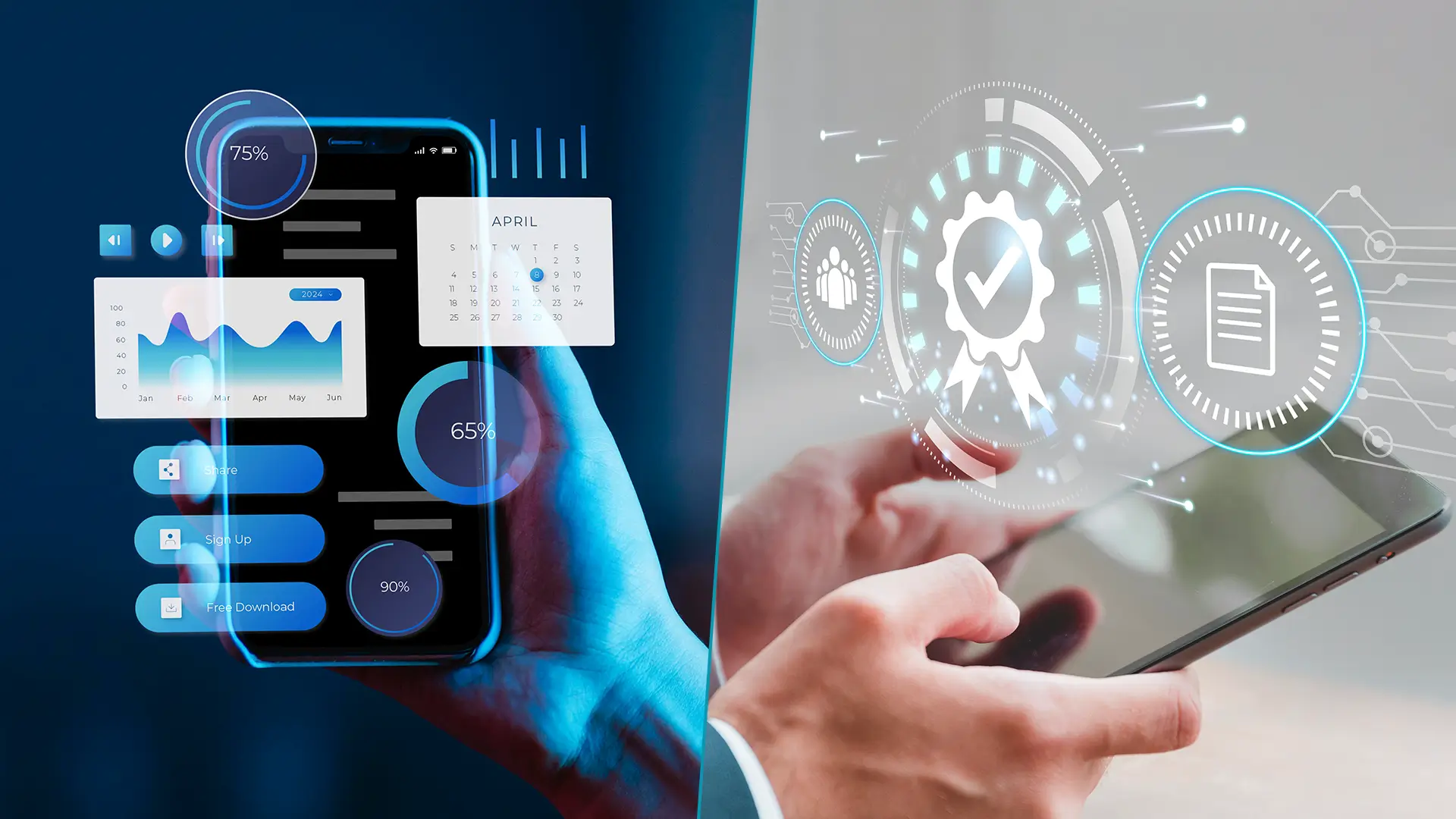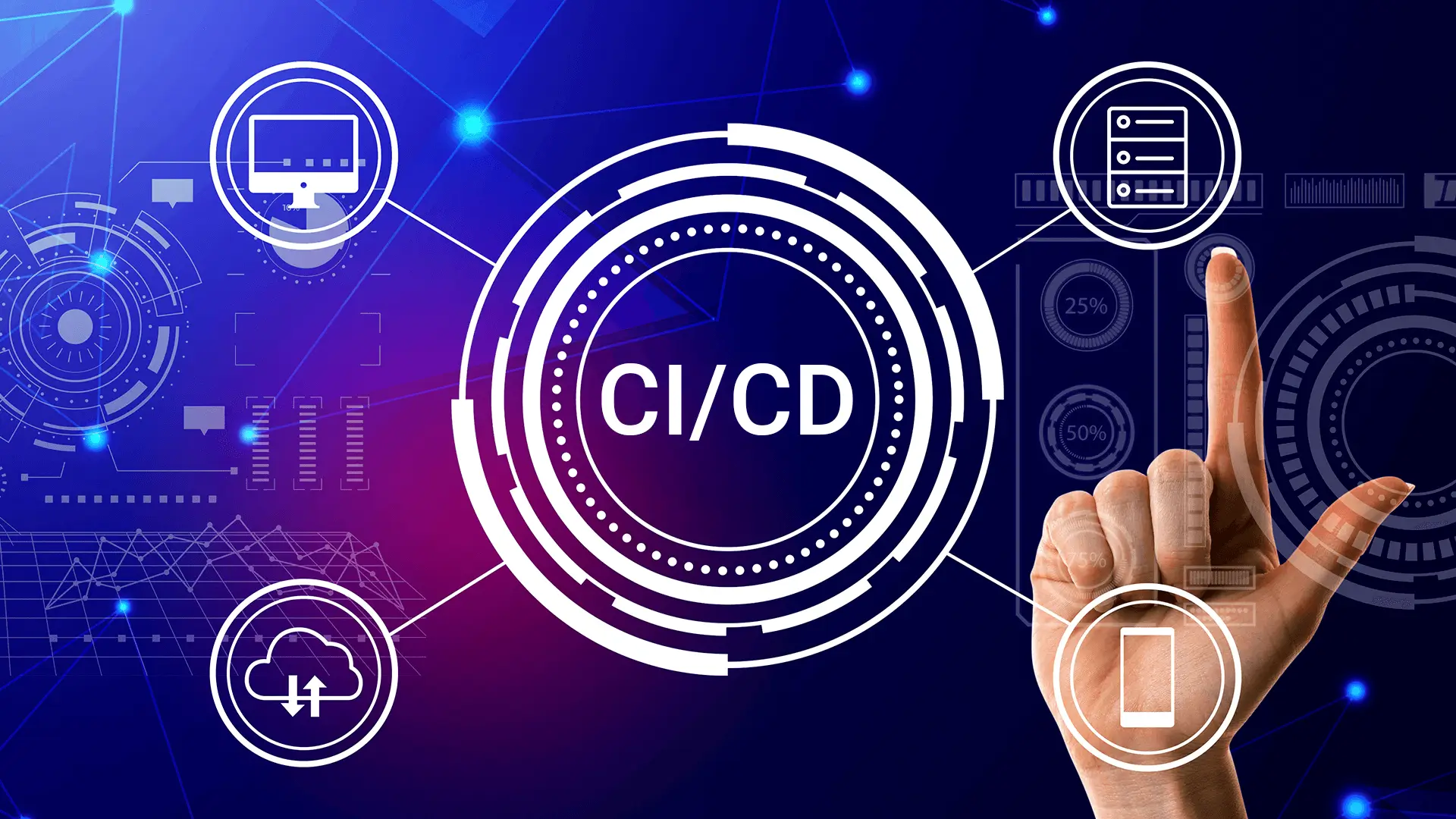Introduction
In 2022, the number of mobile devices operating around the world was 15.96 billion, which is projected to reach 18.22 billion by 2025, a rise of 4.2 billion devices compared to 2020. With the rapid growth in the number of mobile devices, the necessity to test various devices for compatibility and other features has become critical for enterprises. Testing real devices is a major challenge for enterprises, as mobile devices with different screen sizes, memory, CPU power, features, capabilities, functionality, and other firmware are available in the market.

Read: A Detailed Guide to Code Coverage and Test Coverage
Pre-release testing of applications on real devices is absolutely necessary for enterprises to ensure that apps are working properly and efficiently. Buying and maintaining all the necessary devices for performing real device testing requires a huge budget, which is not affordable for many organizations. Real device cloud is the solution to this problem. In this blog, we will understand what a real or actual device cloud is, its significant benefits, and how it is different from traditional testing.
What is a Real Device Cloud?
A real device cloud is the testing environment that provides easy access to thousands of real iOS, Android, and other mobile devices for app developers and QA experts to test on various device/OS combinations to get real-world feedback. Popular mobile testing frameworks, like Appium, Espresso, and XCUITest, are integrated into most of the device cloud testing environments. The real device cloud provides enterprises access to the newest and legacy devices. With this access, organizations can test the performance, usability, and functionality of their applications directly on real devices used by customers. In real or actual device cloud testing, enterprises can access physical devices to get insights into various factors, such as how battery charge can impact the app’s performance. Mobile device cloud or real device cloud is the preferable testing solution, as it allows testers to get app performance insights, switch devices quickly and easily, and perform automated tasks. With the help of a mobile device cloud, QA teams of global enterprises can ensure that their testing processes are efficient by verifying that the code and apps are thoroughly audited and that high-performing mobile applications are delivered to customers.
Please check: How real device cloud helps in testing native apps
Investing in an Android Device Cloud is beneficial if:
- Target market: Your target audience primarily uses Android devices. It ensures compatibility and optimal user experience by testing your apps across a wide range of Android devices.
- Fragmentation: Android's fragmented ecosystem with varying screen sizes, resolutions, and hardware configurations. An Android Device Cloud helps you test your app across multiple devices and OS versions, ensuring it works correctly.
- Development resources: Having an Android Device Cloud improves development and testing efficiency. Developers can access a wide range of devices without owning or maintaining them all.
Investing in an iOS Device Cloud is crucial in the following ways:
- Apple user base: If your target audience consists of iOS users, investing in an iOS Device Cloud is important. It enables comprehensive testing of your iOS applications across various device models and OS versions.
- Apple's ecosystem: Despite standardized hardware, variations in device performance, screen sizes, and iOS versions exist within Apple's ecosystem. An iOS Device Cloud ensures seamless app functionality across multiple devices and compatibility with the latest OS updates.
- App Store compliance: The Apple App Store has strict guidelines for app approval and a smooth user experience. An iOS Device Cloud allows thorough testing on different devices, reducing the risk of unexpected issues or rejections.
Benefits of a Real Device Cloud in App Testing
Cost is the most obvious benefit of real device cloud testing. Owning individual real devices can become cost-prohibitive, and also, maintaining those devices up to date as new models are introduced may need a significant annual budget. The device cloud can solve all cost and budget issues faced by enterprises due to real device testing. Apart from cost, there are many other benefits of using real device cloud testing. Here are the main benefits of a device cloud in app testing.
1. Leverage Unlimited Concurrency to Reduce Time-To-Market
Time is a huge factor in app development and testing. Testing an app takes a lot of time, even after automating some of the tasks. The main time-consuming process in app testing is to run apps on various devices with different specifications to check compatibility and real-time performance. The best way to reduce the time required for app testing on various devices is to run tests on multiple devices at the same time. By executing testing on multiple devices concurrently, enterprises can make app testing more efficient and ensure their customers get stable and responsive products. This will help companies to spend more time on other high-level activities.
2. Make the Testing Environment Flexible and Customizable
A major drawback of organizations using cloud services is that they offer predefined features without any customization options. The ability to customize the service is necessary to stay flexible and competitive in the market. QA teams working on testing apps would have their own preferred technology stack. So, it can be counterproductive to make them use different test frameworks and configurations in the cloud. With the help of a customizable real-device cloud, testing teams can work smoothly with a flexible testing environment.
3. Collect Reliable Testing Results from Real Devices
The two most popular methods used by QA teams to test mobile applications are testing on real devices and testing on emulators. Emulators act like real devices, but they run on computers. So, the results through this testing won’t be perfect as in real devices. Emulators are not ideal for testing apps under real-world conditions, as they don’t overheat or lose battery life. Thus, testing on real devices is much more reliable and efficient compared to emulators.
4. No Need to Build or Maintain a Device Lab
Real device cloud enables enterprises to save time and money that could be spent on buying devices and building and maintaining device labs. Enterprises can partner with a device cloud provider to enable their QA teams to implement the latest testing methods without any delay. Time and cost required for maintenance and upgradation of devices can be saved by enterprises, as a real device cloud provider will take care of that.
Why is Real Device Cloud Testing the Best Option?
In the previous section, we discussed the major benefits of using a device cloud for testing mobile applications. However, there will always be a question in the testers' minds about why to choose real device cloud testing over other testing methods, like emulators. This section will help testers understand why real device cloud testing is the best option compared to other testing methods. Here are some of the metrics that can be measured using a real device cloud to enhance the user experience and performance of a mobile application.
1. User Interface
The main reason why user experience is crucial for companies is that if users cannot find what they need within a few clicks or scrolls, they may leave the mobile app immediately. A good user interface is crucial for mobile apps to deliver flawless user experiences. The actual device cloud testing is the best way to analyze user experience when external hardware and factors are involved.
2. Network Conditions
The fluctuation in network strength is one of the major reasons for the low performance of mobile apps. With many people using 4G and 5G networks, it is difficult for network providers to maintain consistent connectivity. With real device cloud testing, enterprises can execute network bandwidth throttle, which helps them to tighten or loosen the bandwidth numbers. As network issues are caused due to hardware, software, and network reception issues, simulators cannot provide accurate results. However, device cloud testing can provide accurate analysis of the network performance and can also aid in testing.
Read: Simulating Different Network Conditions for Virtual Devices
3. Sensors
A lot of sensors are used on mobile devices to provide various features. Some of the sensors include light, accelerometer, proximity, barometer, gyroscope, magnetometer, temperature, and relative humidity sensors. Testing these sensors on real devices is crucial, as they contain complex hardware. Generally, QA experts use emulators to test sensors during the early development stages. However, testing of sensors in real devices is important in the final stages of app development to collect accurate, valuable insights into the performance of apps.
4. CPU Usage
Mobile devices can get hotter due to increased CPU use, further impacting app performance. Metrics related to memory and GPU usage can also affect CPU usage. Owing to these factors, it is difficult for simulators to test CPU usage in mobile devices. Thus, mobile device cloud testing is imperative to obtain precise readings related to mobile devices' CPU usage.
6. Battery
Mobile applications can impact the battery life of mobile devices. To check and avoid this scenario, it is necessary for app developers to test their apps on real devices. Even a highly developed simulator is not able to simulate different device battery drain scenarios and app behavior.
Why Do Enterprises Need HeadSpin’s Real Device Cloud to Effectively Test Apps?
HeadSpin's real device cloud is called global device infrastructure. Global device infrastructure enables companies to test mobile apps from various geographies and connect to thousands of real mobile devices. HeadSpin's rich global device infrastructure with physical devices worldwide also supports enterprises in the testing of different distributed edge nodes or edges. Let’s check some of the crucial features of HeadSpin’s global device infrastructure that helps enterprises test their mobile effectively.
1. Availability of Popular Devices for App Testing
With the support of the HeadSpin Platform, QA teams can remotely access and debug their mobile apps on real popular devices, such as iPhone, iPad, Samsung Galaxy, Xiaomi, and Pixel, in HeadSpin's global device infrastructure from their desktops or phones without SDK or local team support.
2. Multiple Deployment Models
HeadSpin offers multiple deployment models, namely, on-prem, cloud (single tenant), cloud (multi-tenant), and create your own lab to help organizations test and store their test data on the cloud. HeadSpin's multiple deployment models will help enterprises securely test mobile apps on real devices and store their test data and analysis.
3. Secured Real Device Cloud
HeadSpin's cloud is SOC 2-compliant. A third-party security validator performs a security assessment on the Headspin network and cloud, and the entire HeadSpin Platform is certified in passive reconnaissance, automated vulnerability scanning, and manual testing. HeadSpin also uses PBox, a secured appliance with a number lock, to store its real devices in various locations.
4. Geolocation Testing
As the best mobile app testing platform, HeadSpin supports testers in performing geolocation testing on real devices, securing mobile application functionality against impacts due to geographical factors, and ensuring optimal performance. With HeadSpin's global device infrastructure, enterprises can test their applications in 50+ locations worldwide. HeadSpin's geolocation testing helps companies in perfecting digital experiences for end users by evaluating the mobile apps on various aspects, such as network infrastructure, cellular data, data bandwidth, etc., which may differ depending on the user's geographical location.
Conclusion
Performing app testing in a real device cloud can help enterprises deliver more stable mobile applications more often. Moreover, the device cloud testing can offer enterprises and their QA teams the flexibility they need to build mobile apps with optimal performance and respond more quickly to changing business requirements.
Leverage the HeadSpin’s AI-based Platform and real device cloud to perform functional and UX tests on real devices in real locations without compromising security and performance.
FAQs
Q1. What is cloud testing?
Ans: Cloud testing is a subset of application testing that uses cloud-based tools to emulate real-world web traffic to test cloud-based applications. It also verifies and validates applications’ performance, reliability, scalability, interoperability, and security.
Q2. Which test types are performed mainly on the cloud environment?
Ans: Functional testing, browser compatibility testing, OS compatibility testing, load and performance testing, stress & volume testing, and security testing.
Q3. What is geofencing?
Ans: Geofencing is a geolocation testing method where the system creates a virtual geographical fence for the user, which may or may not simulate the real geographical location.
Q4. What are the basic types of clouds?
Ans: Public cloud, private cloud, hybrid cloud, and multi-cloud.



























.png)



















-1280X720-Final-2.jpg)






